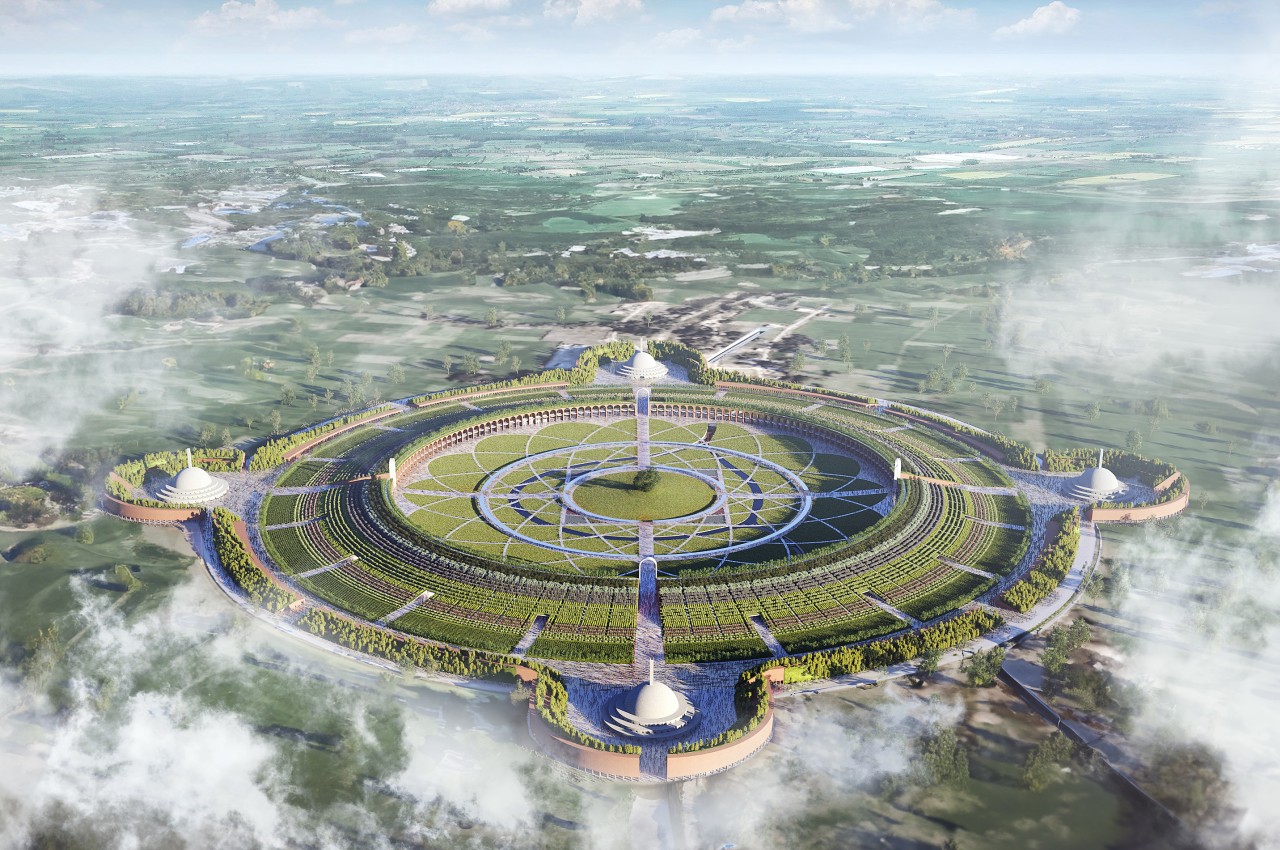
Most people probably think of religious sites as churches, temples, or even buildings, but there are plenty of locations regarded as “holy” or even historical places that are sometimes nothing more than a mound and a tree. Buddhism, for example, has one such sacred space that holds relics of its past, an unadorned mount covered by grass and topped by a simple yet distinctive tree. Given both its religious and historical significance, there is a strong interest in preserving such a site while also promoting its spirit in tangible yet subtle ways. One such plan transforms this key piece of Buddhist religion and history into a biodiversity garden that almost looks like a landscape straight out of a fantasy film.
Designer: Stefano Boeri Architetti
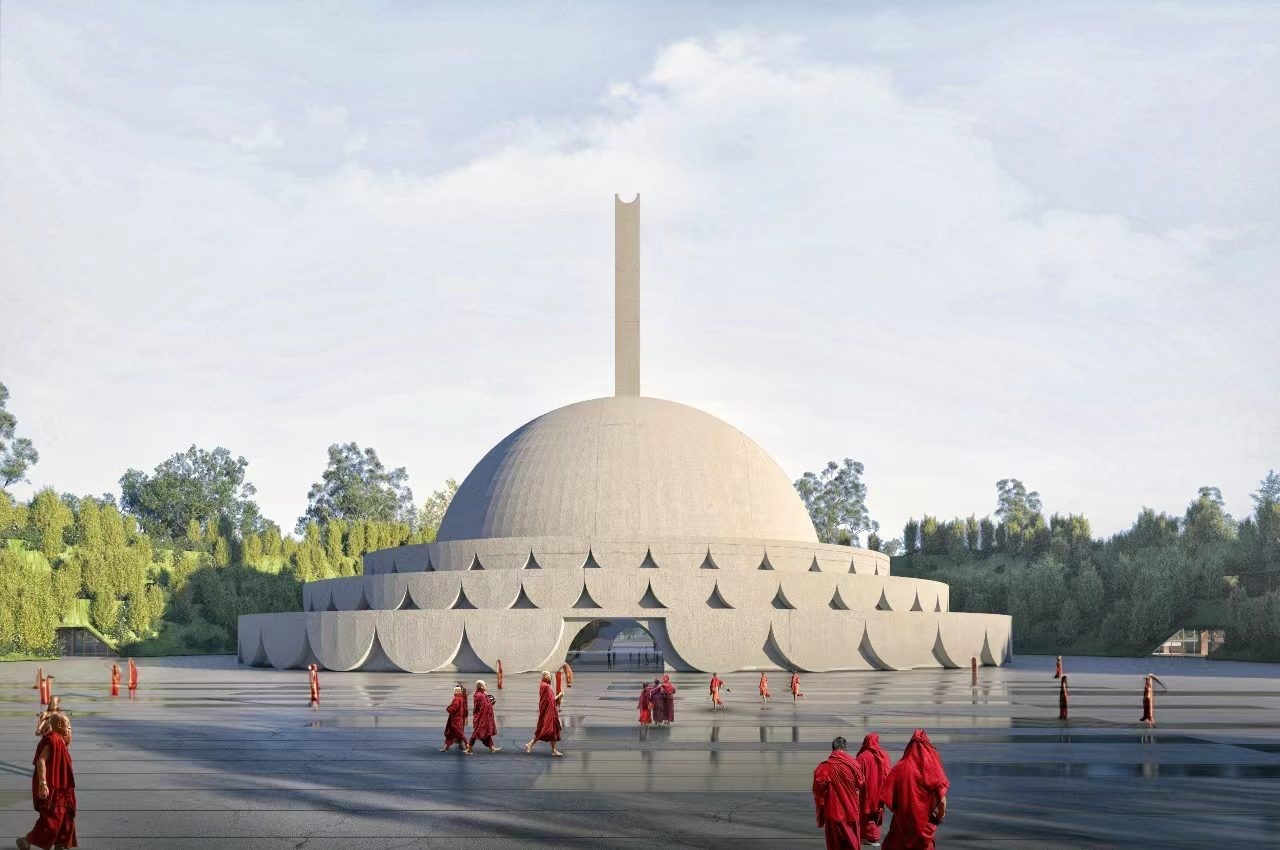
Located in western Nepal, the Stupa or “heap” of Ramagrama is one of the most important locations in Buddhism, combining religious, historical, and cultural heritage in a single place. A centuries-old Bodhi tree sits on top of a green hill that has formed over an intact dirt burial mound that contains portions of the relics of Buddha. That landscape has remained unchanged, protected by both nature and man, yet there is no assurance that it will be that way forever. A master plan is needed to help preserve the natural beauty of this site while also encouraging both believers as well as tourists to immerse themselves in the environment in a safe manner.
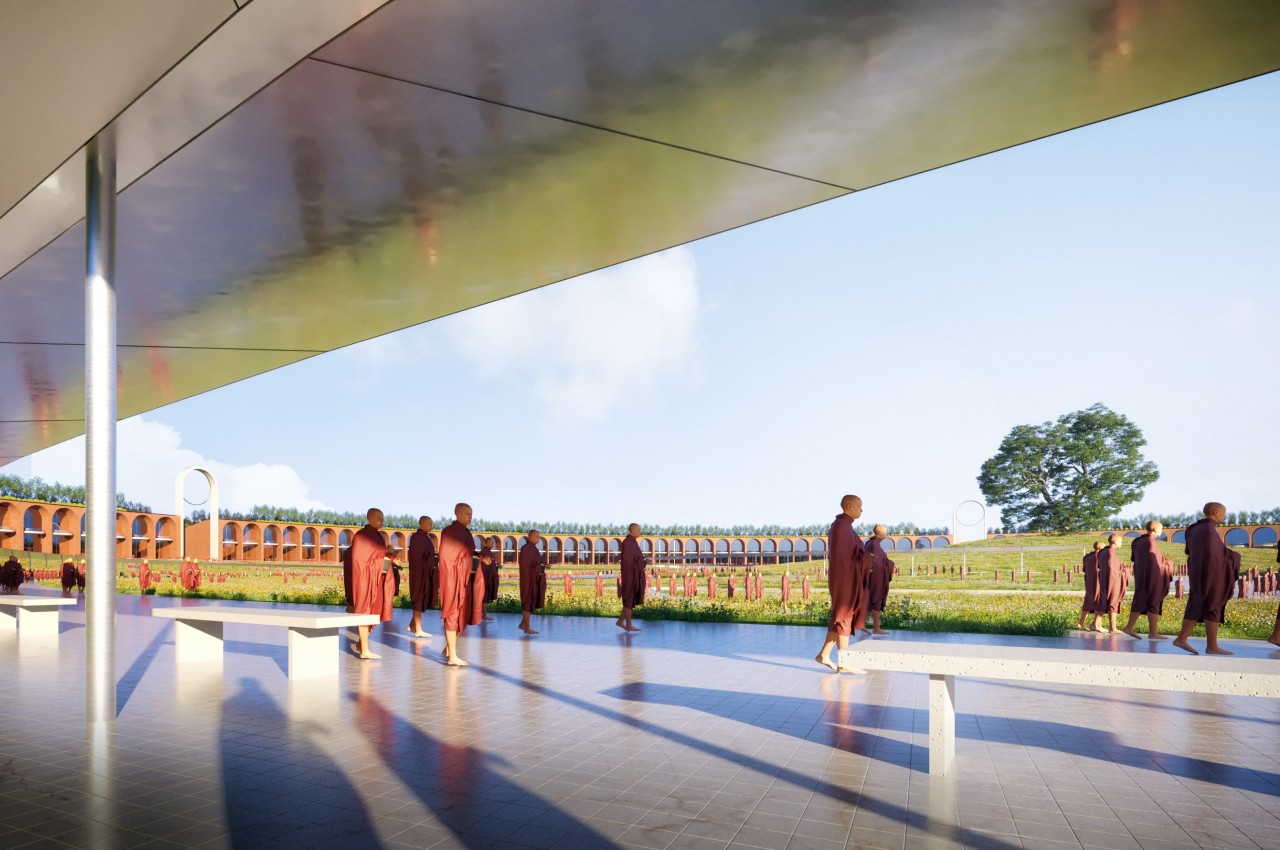
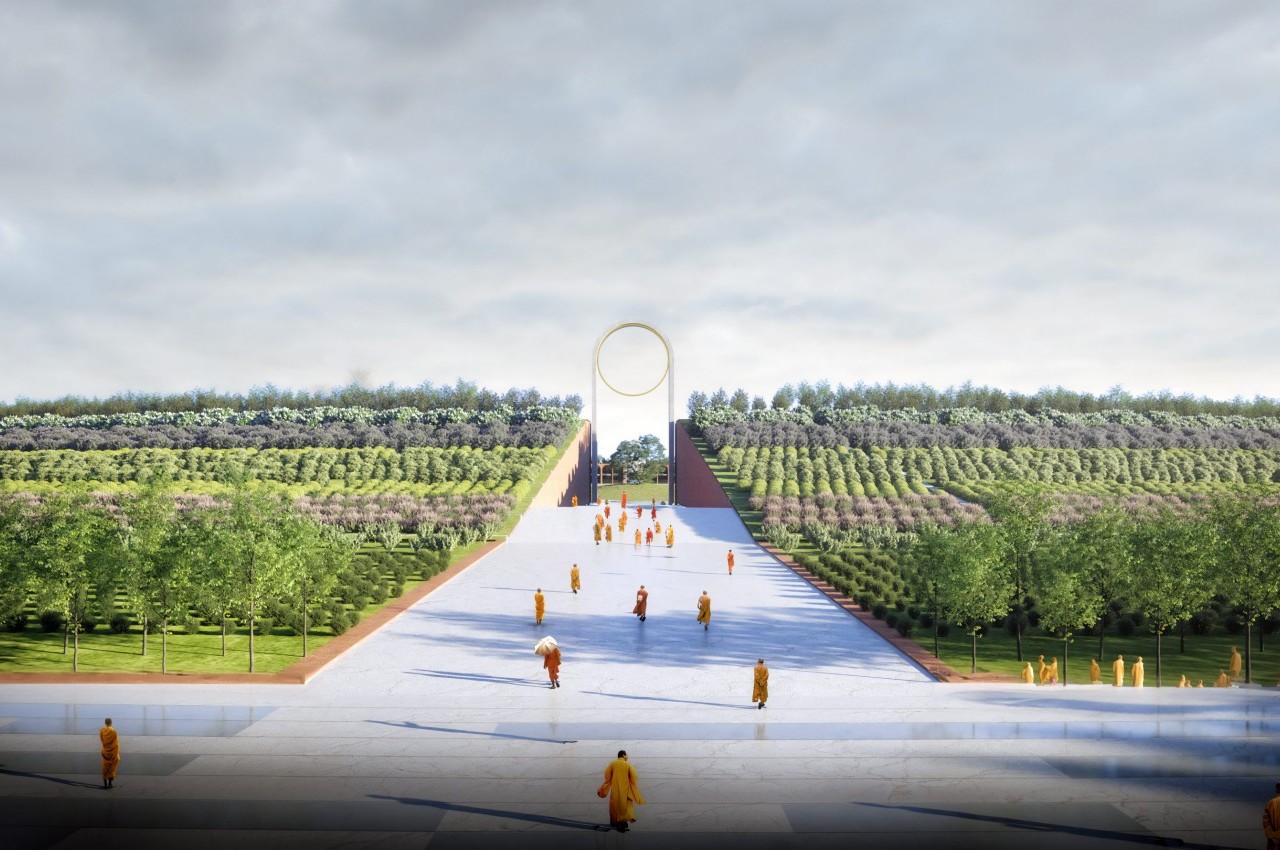
The solution presented in this beautiful design creates a wide space around the stupa and the Bodhi tree that maintains a respectful distance in order to preserve historical landmarks and objects for future generations. Covered walkways encircle the hill while dozens of pathways draw a beautiful and mesmerizing mandala that can only be seen from the skies. Four portals in each direction break up the area into four quadrants, with large access roads that lead to the central hill.
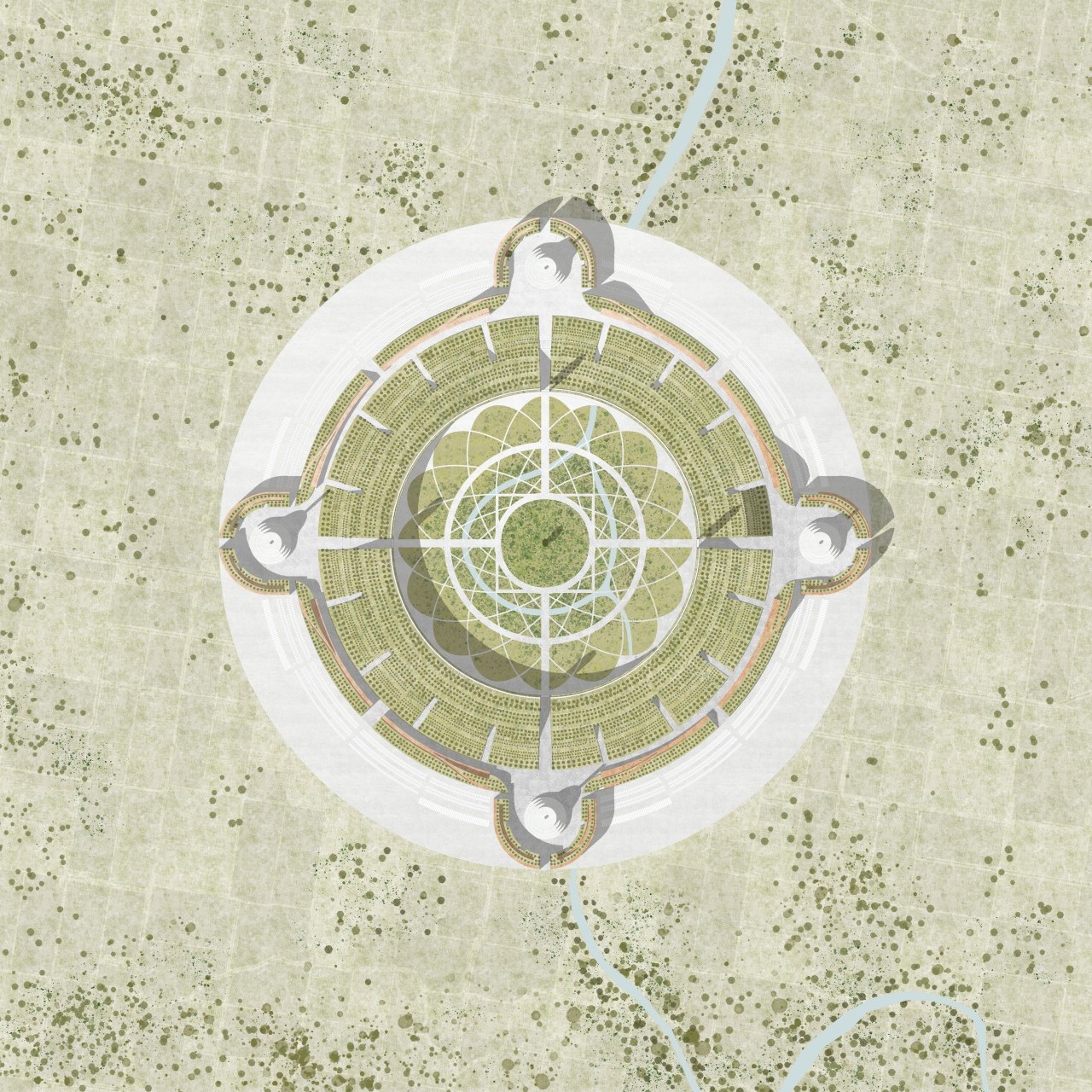
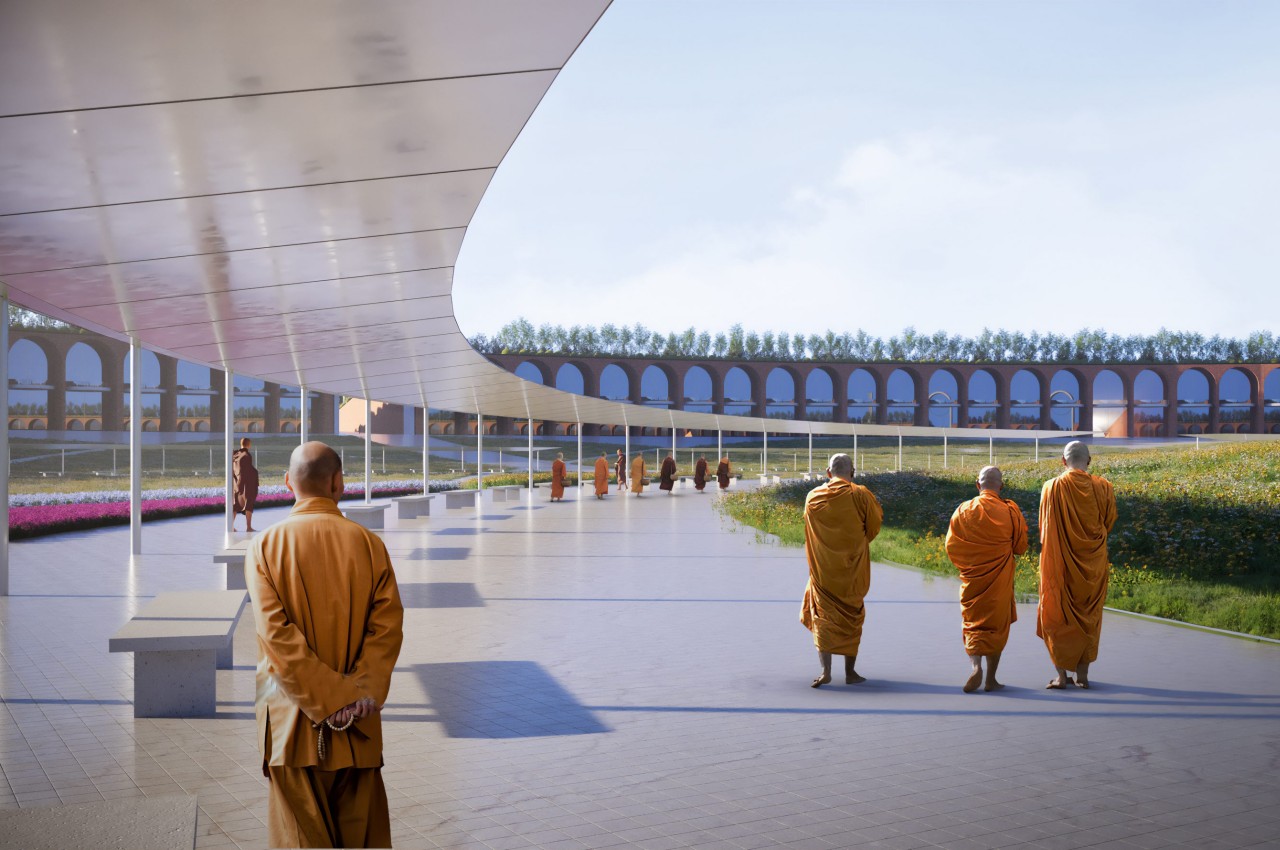
This open space for contemplation or “Prato della Pace” is surrounded by the Garden of Biodiversity, a slope that is conceived to hold 80,000 plants of 70 different local species selected from the Terai plain considered to be the Buddha’s birthplace. A shaded path covered with trees separates these two circular areas and provides a convenient location to view and appreciate the Ramagrama Stupa from a distance.
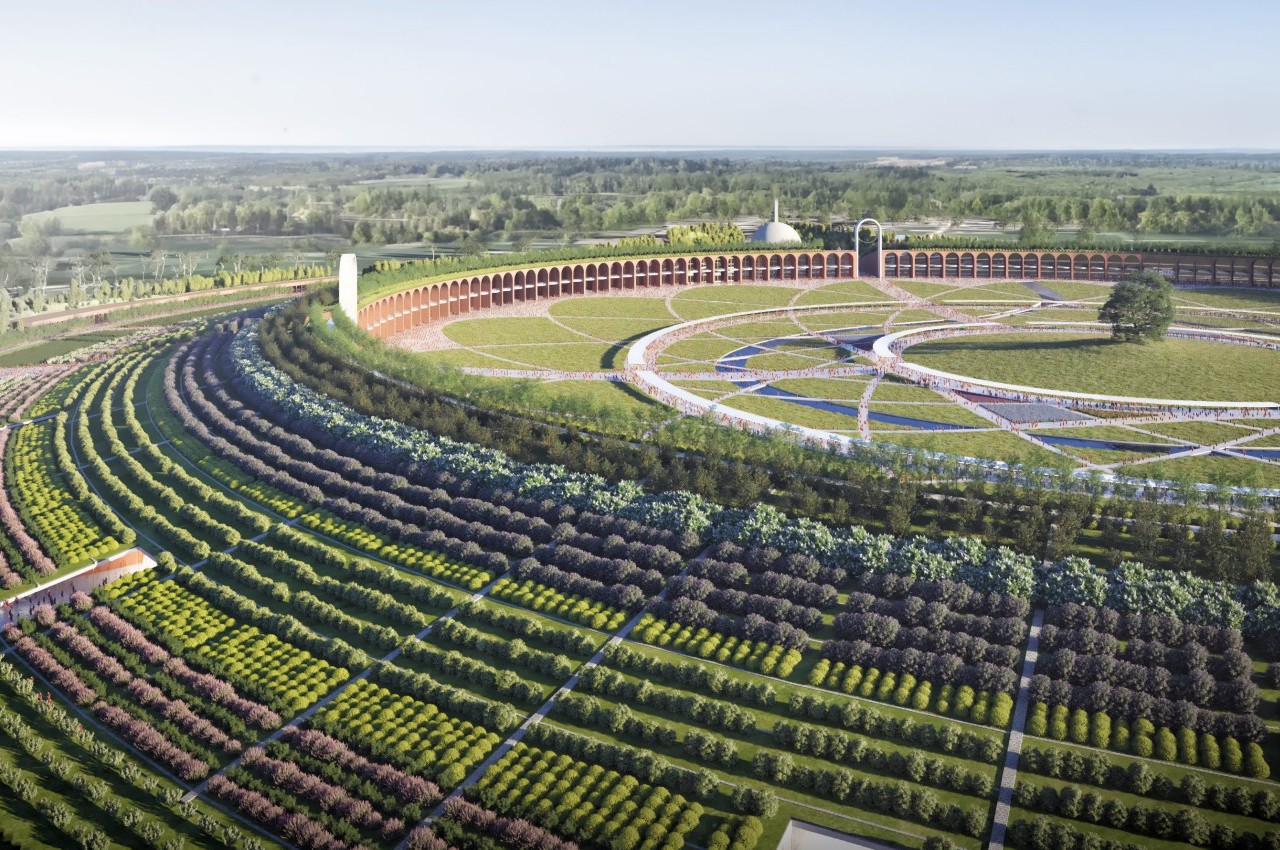
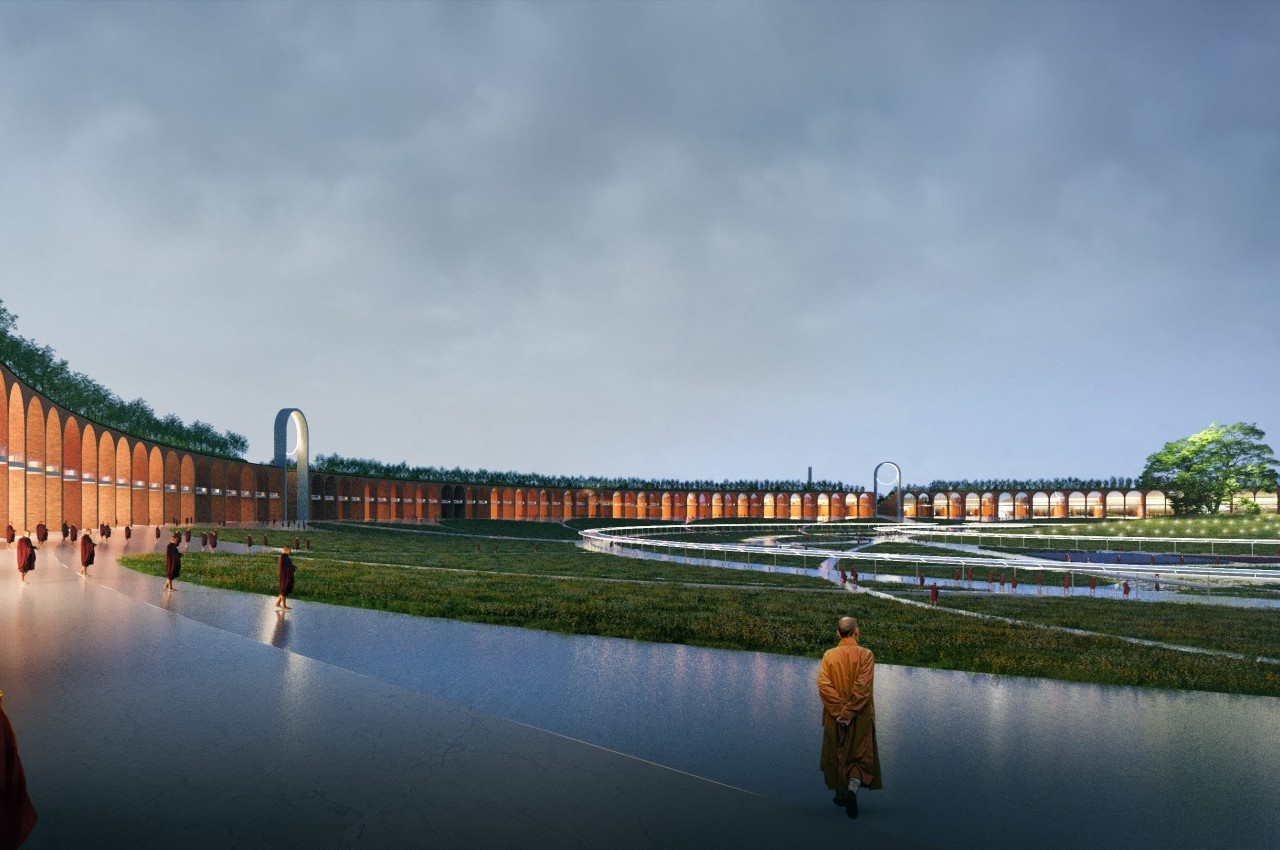
The master plan for the Ramagrama Stupa is an ambitious project that combines the many elements that represent Buddhism into a harmonious piece of architectural design and landscaping. The structures and circular paths embrace minimalism and mysticism, allowing visitors to both pray and marvel, whatever the purpose of their visit may be. The high biodiversity pays homage to the Bodhi tree, itself a symbol of biodiversity, and ensures that the botanical legacy of Buddhism will also be preserved for years or even centuries. It’s a design that generates an air of mysticism and wonder, creating a space that is literally rooted to the earth yet looks like it exists on a higher plane.
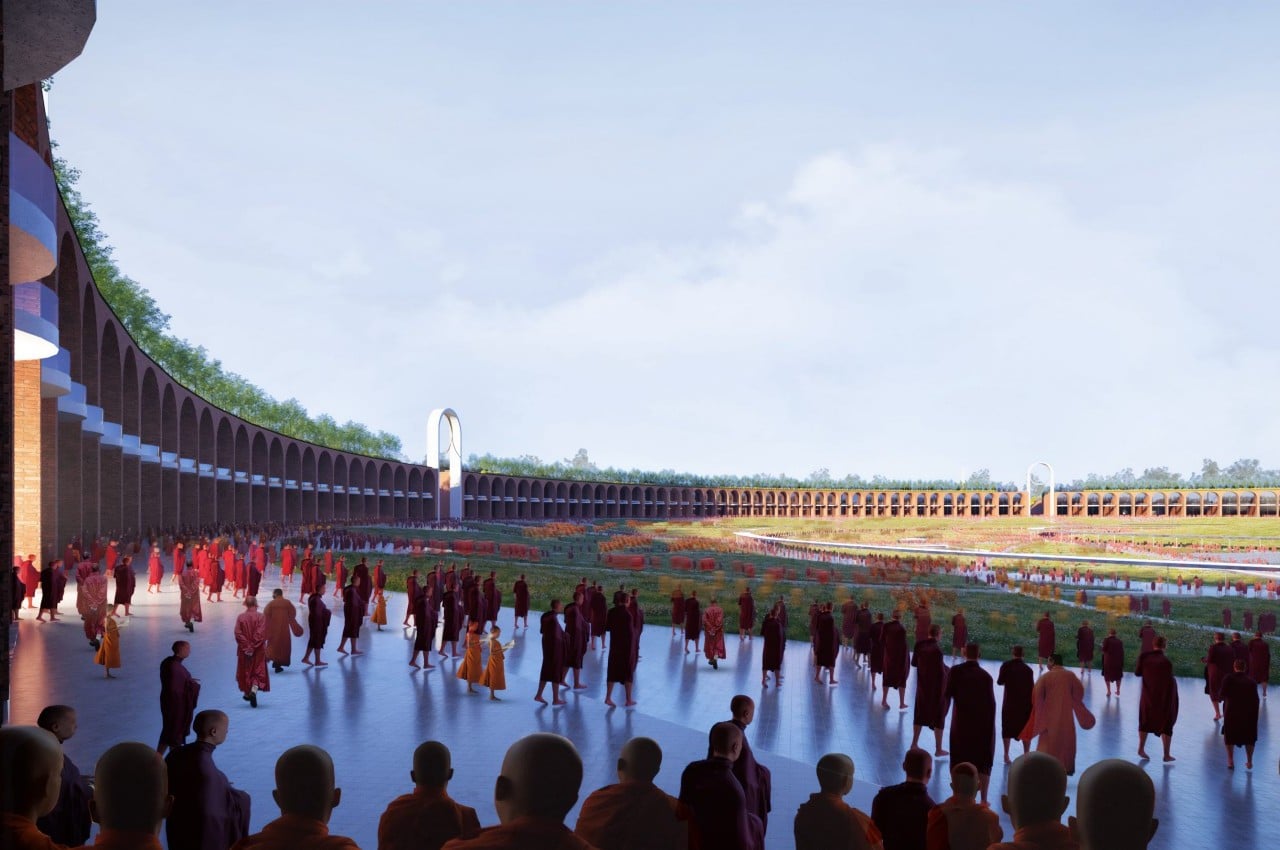
The post Historical Buddhist site master plan looks like a fantasy biodiversity space first appeared on Yanko Design.
 Forget quitting smoking or cutting carbs from your diet. If you're thinking of something to give up this Lent, which starts today (Ash Wednesday), Pope Francis has a surprisingly modern suggestion. During the weekly General Audience in St. Peter's Sq...
Forget quitting smoking or cutting carbs from your diet. If you're thinking of something to give up this Lent, which starts today (Ash Wednesday), Pope Francis has a surprisingly modern suggestion. During the weekly General Audience in St. Peter's Sq...
 The Vatican is hoping to attract tech-savvy youngsters to the Catholic Church with the launch of a "Click to Pray" eRosary -- a wearable device connected to a mobile app that's activated by making the sign of the cross.
The Vatican is hoping to attract tech-savvy youngsters to the Catholic Church with the launch of a "Click to Pray" eRosary -- a wearable device connected to a mobile app that's activated by making the sign of the cross.
 It's no secret that online gaming can harbor toxic and abusive behavior. But a new survey by the Anti-Defamation League (ADL) says as many as many as two-thirds of US online gamers have experienced "severe" harassment. More than half of the responden...
It's no secret that online gaming can harbor toxic and abusive behavior. But a new survey by the Anti-Defamation League (ADL) says as many as many as two-thirds of US online gamers have experienced "severe" harassment. More than half of the responden...
 Twitter has technically banned hate speech based on religion before, but it should now be easier for the company to clamp down on that behavior. The social site has updated its rules to require the deletion of any tweet that "dehumanizes" others bas...
Twitter has technically banned hate speech based on religion before, but it should now be easier for the company to clamp down on that behavior. The social site has updated its rules to require the deletion of any tweet that "dehumanizes" others bas...
 Amazon's growing ad business may have produced some unintended casualties. CNBC has learned that Amazon staffers were mistakenly removing ads with religious content, explaining to sellers that a "policy update" reportedly banned promos for products...
Amazon's growing ad business may have produced some unintended casualties. CNBC has learned that Amazon staffers were mistakenly removing ads with religious content, explaining to sellers that a "policy update" reportedly banned promos for products...
 Until now, Mormon missionaries have only allowed to use phone calls or video chats to reach their families on Christmas and Mother's Day. After that, they'd had to rely on email or traditional letters. They'll have an easier time staying in touch f...
Until now, Mormon missionaries have only allowed to use phone calls or video chats to reach their families on Christmas and Mother's Day. After that, they'd had to rely on email or traditional letters. They'll have an easier time staying in touch f...
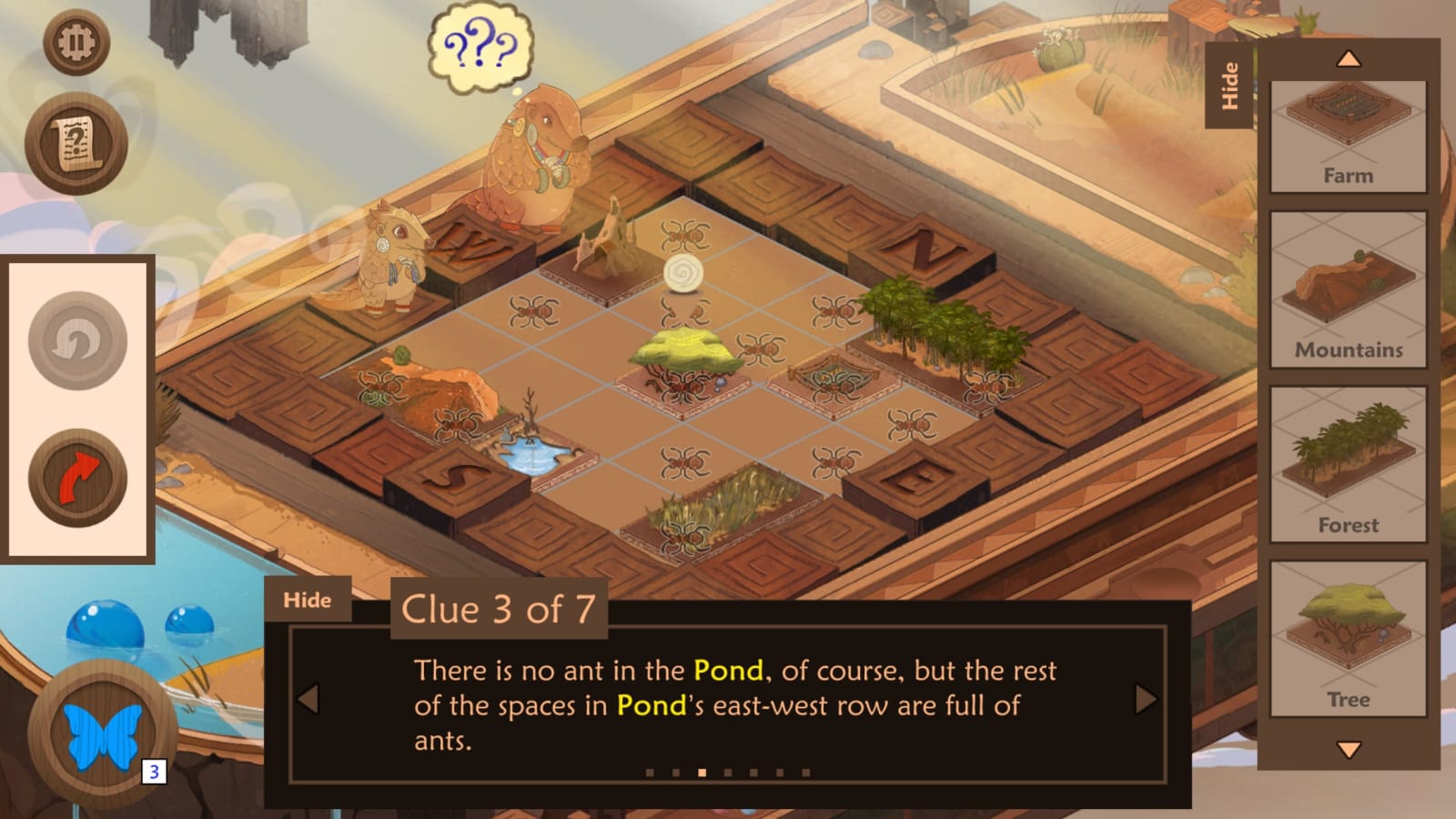 Pangolin's Puzzle is a new mobile game that offers a refreshing approach to the puzzle genre -- instead of relying solely on spatial manipulation or number-based solves, it serves up written logic problems. Players manipulate patches of the environme...
Pangolin's Puzzle is a new mobile game that offers a refreshing approach to the puzzle genre -- instead of relying solely on spatial manipulation or number-based solves, it serves up written logic problems. Players manipulate patches of the environme...

 Inside the First Church of Artificial Intelligence
Mark Harris,
Wired
You may know Anthony Levandowski from being at the center of Waymo's lawsuit against Uber, but he's also the "Dean" or leader of a new religion of artificial intelligence. Wired...
Inside the First Church of Artificial Intelligence
Mark Harris,
Wired
You may know Anthony Levandowski from being at the center of Waymo's lawsuit against Uber, but he's also the "Dean" or leader of a new religion of artificial intelligence. Wired...